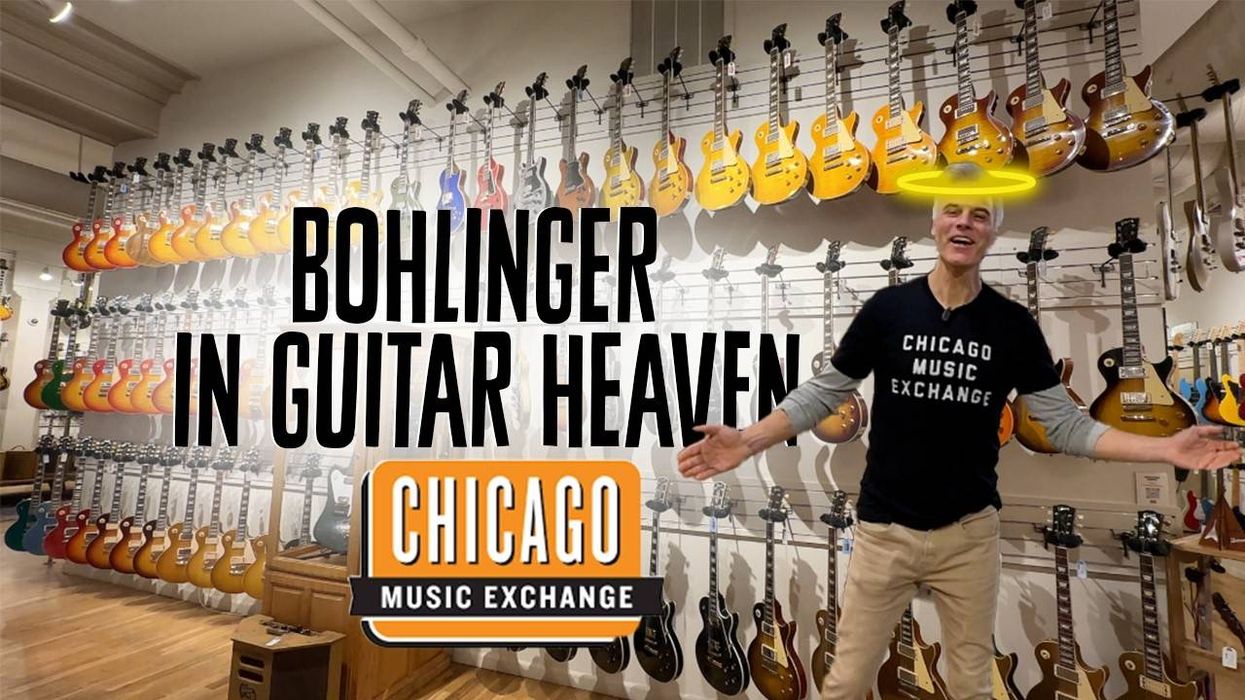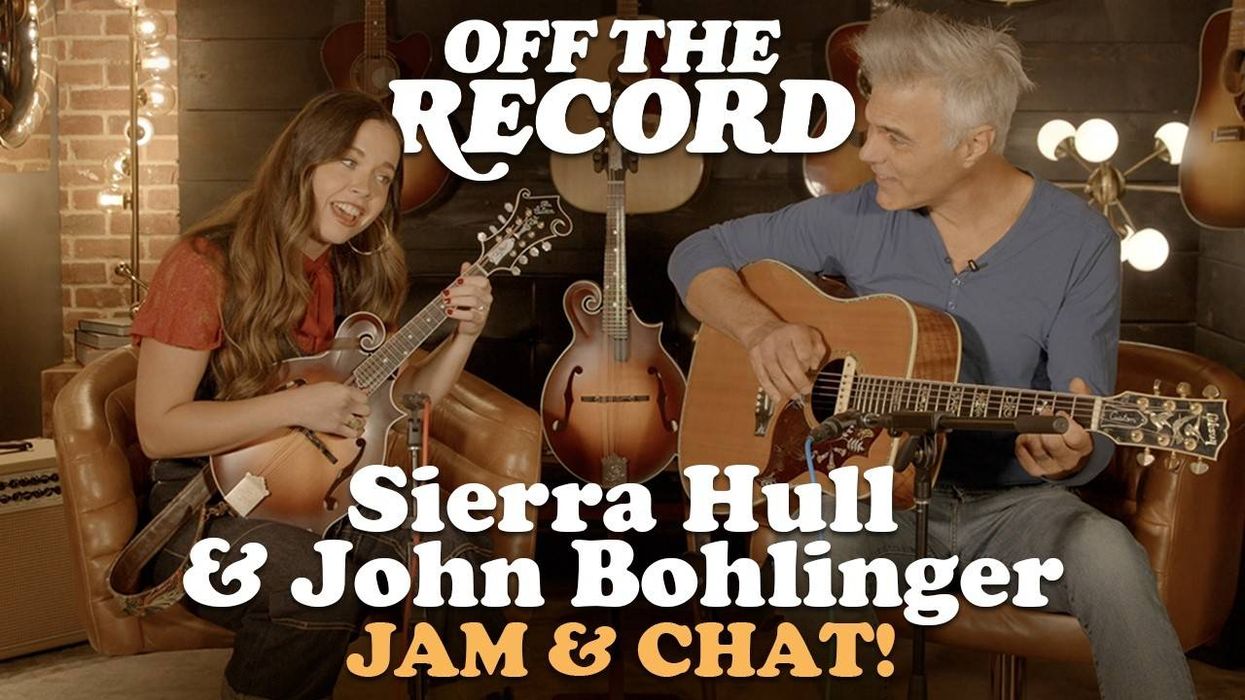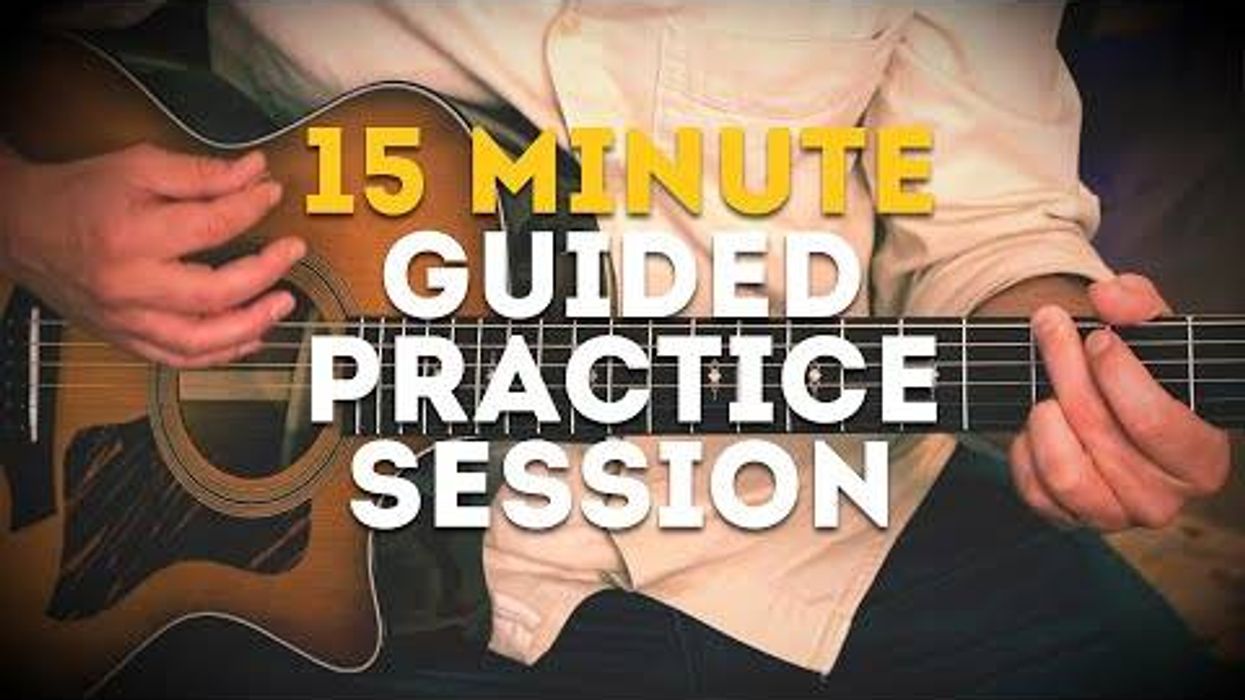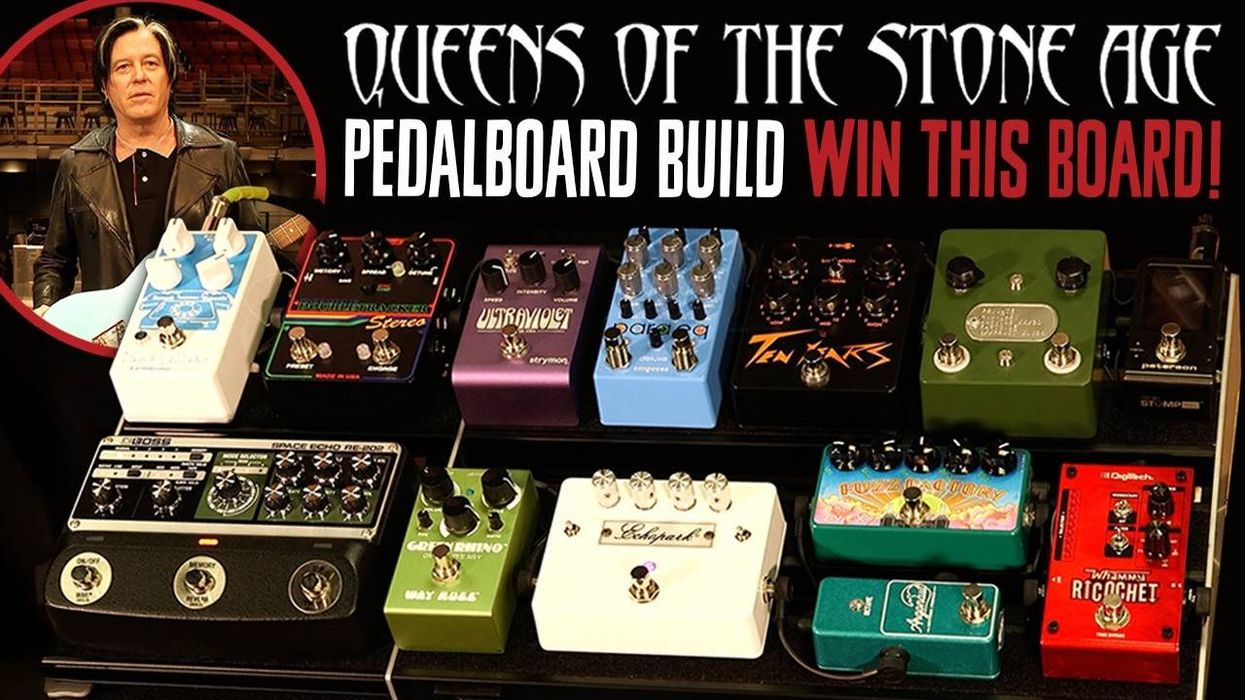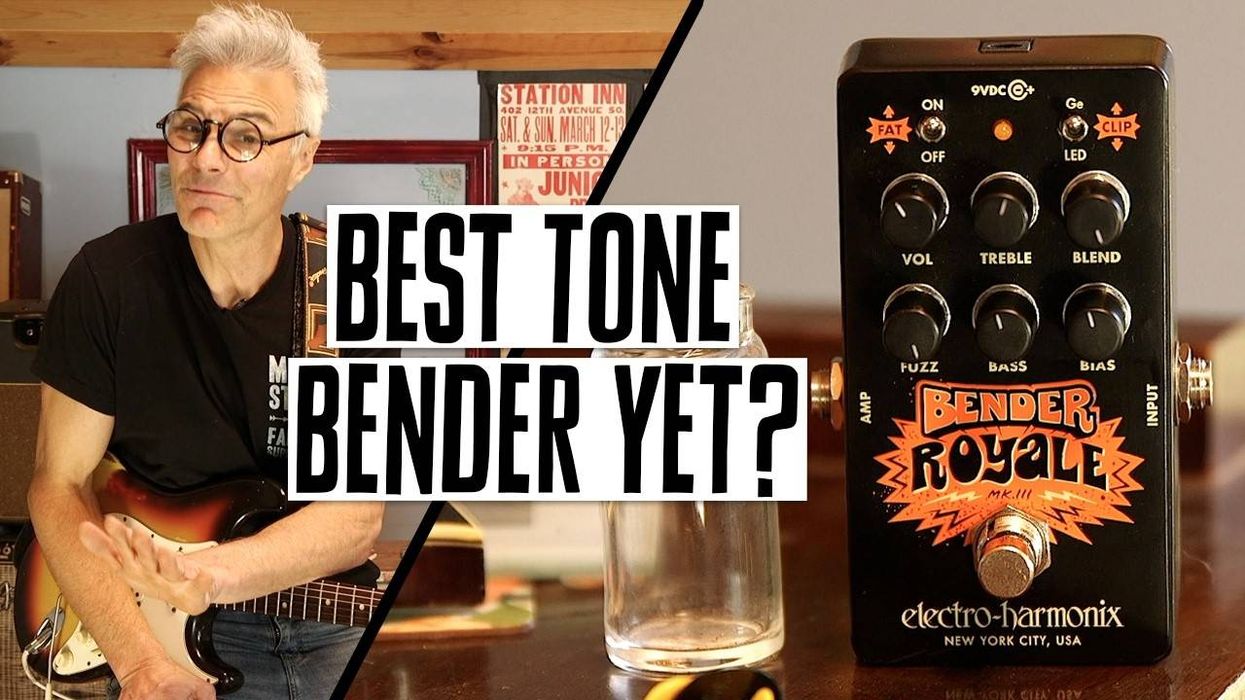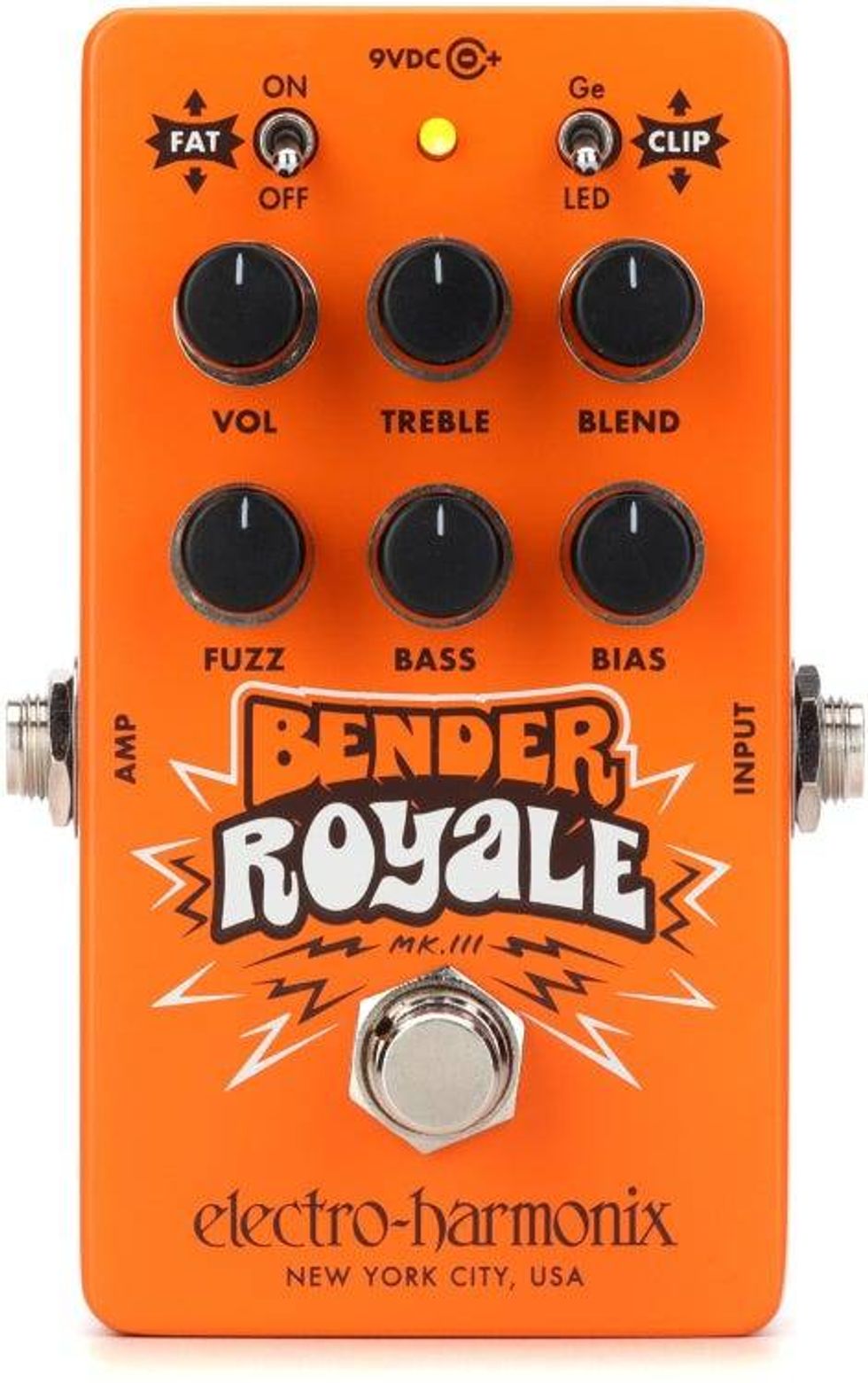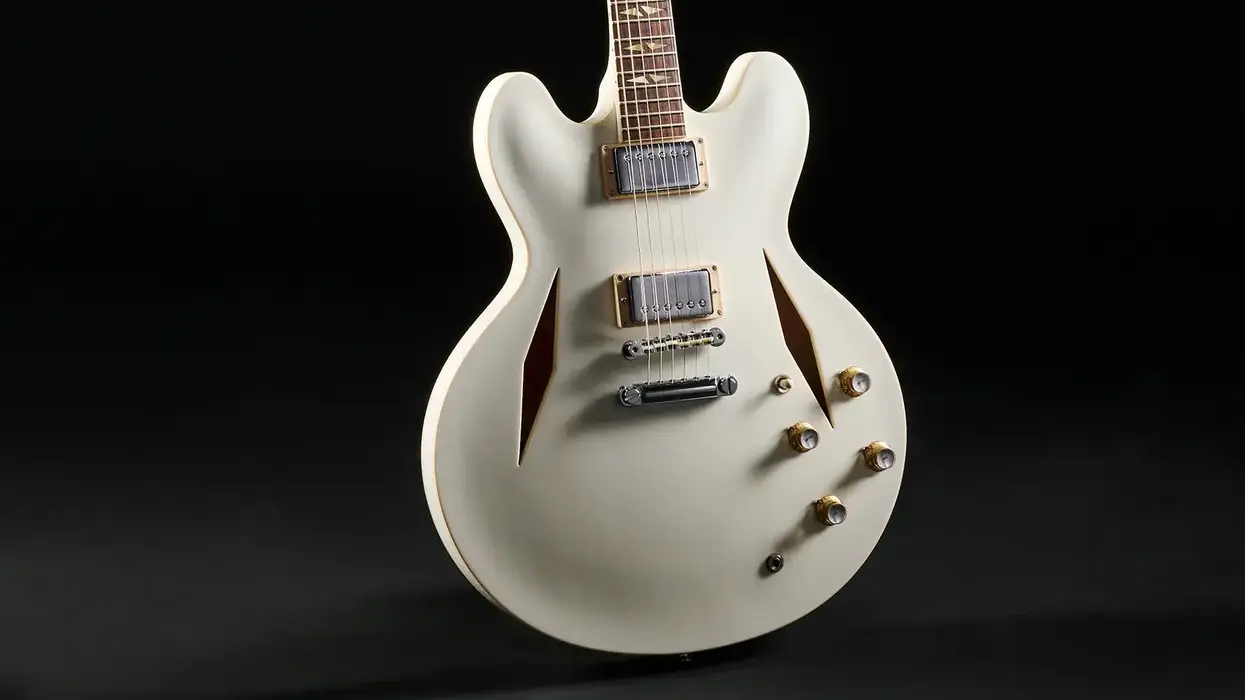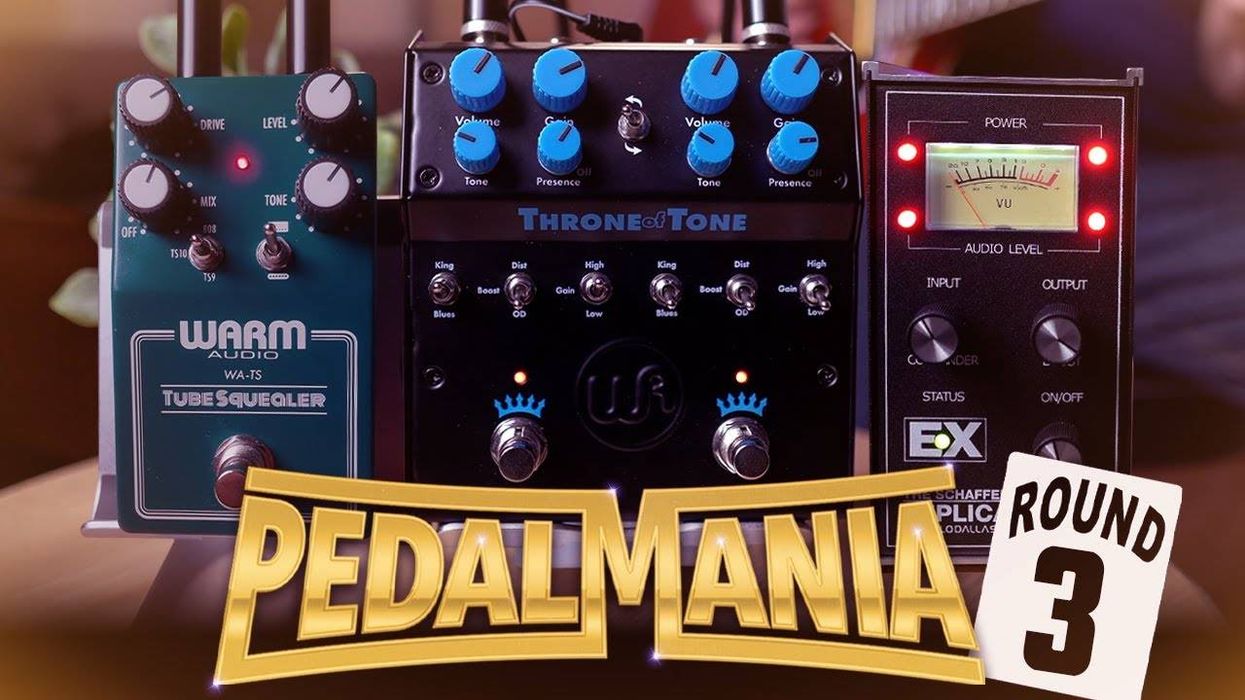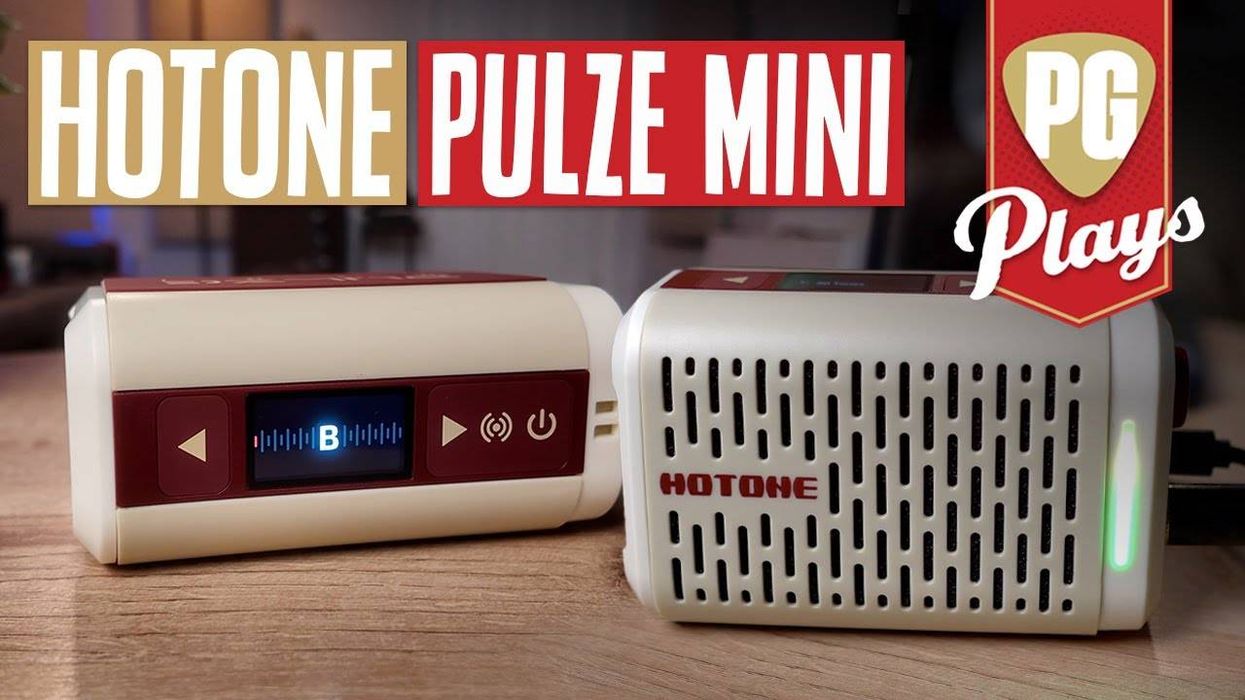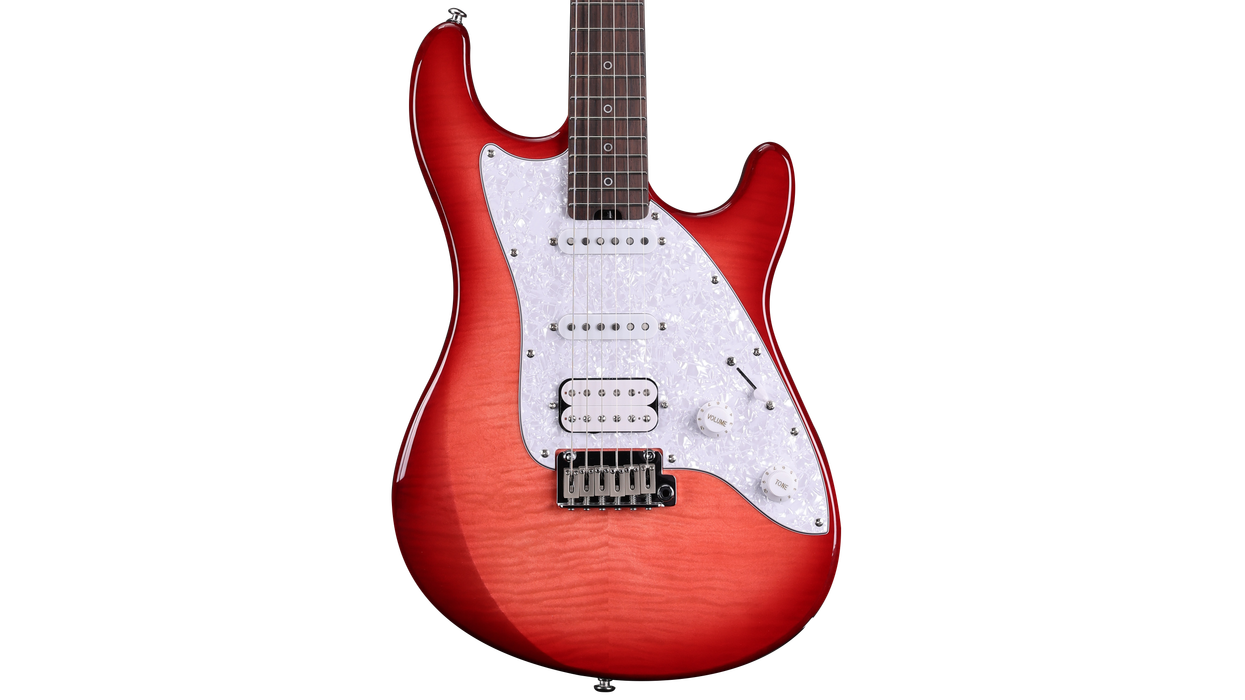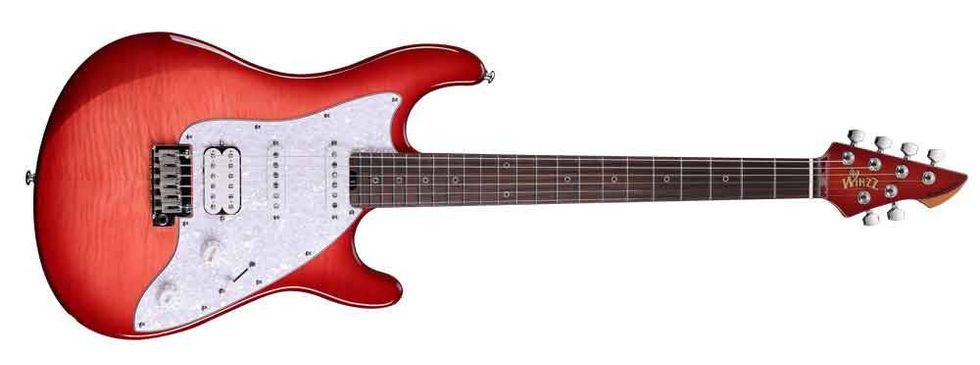PG's Nikos Arvanitis talks to the funk-guitar master about his musical influences, go-to gear choices, the pros of teaching, working in the studio versus the stage, and future plans for Jamiroquai.
As a youngster in the 1970s, Rob Harris was unusually fixated with music, spending hours watching bands on TV programmes. At the age of 7 and after much badgering from Rob, his father finally retrieved the guitar (an old Hofner) out of the loft space for him, and so began Rob’s lifelong musical journey.
After growing up in the Middle East from age 4 to 12, Rob and his family returned in to the UK in 1983 and he soon began studying with a great local guitar teacher named Colin Medlock. This was to continue for several years and was to shape a strong musical foundation in Rob’s guitar playing.
At the age of 14, Rob began gigging with local bands in the Cambridgeshire area and soon developed an interest in a variety of musical styles, listening to an eclectic range of artists and tirelessly researching and studying those who had played guitar on said records. This furthered the ongoing development of his musical skills, studying song craft, creating parts and hooks and writing lyrics. It was only natural to then take the step to working with producers and artists as a session guitarist.
The early 90’s was when Rob really began to flourish, recording and touring with The Pasadenas, Gary Numan, Mark Owen, Alphaville eventually joining the band Jamiroquai as a member in 1999 which continues to this day. Rob has played and co- written on the albums Funk Odyssey, Dynamite, Rock Dust Light Star and has most recently played on the band’s 2017 release Automaton and embarking on a global tour with the band in the April of the same year.
His credits also include: Beverly Knight, Kylie Minogue, Anastasia, Lighthouse Family, Don Airey (Deep Purple), Katy Perry, JP Cooper, Era, Gabriella Aplin, Will Young, Julian Perretta, Duke Dumont, Paloma Faith, Robbie Williams, Lego Batman (Soundtrack), Louisa Johnson and The Ministry of Sound’s Stripped Album, Kanye West, to name but a few.
Rob currently lives in Cambridgeshire where he records and teaches in between tour dates at his well-equipped studio. He also spends much of his time giving masterclasses and hosting educational workshops to music students and guitar enthusiasts, across the globe.


